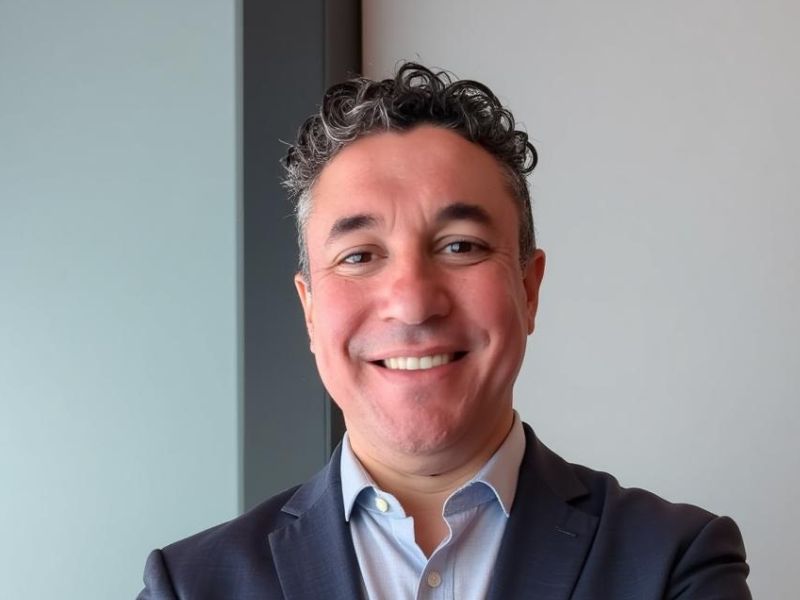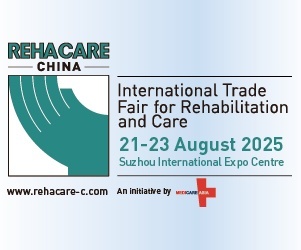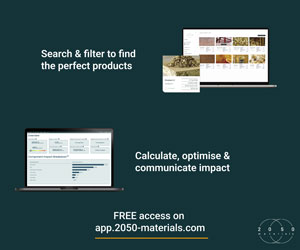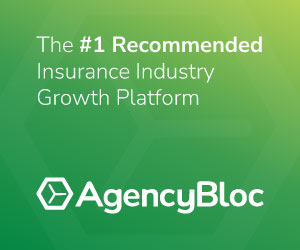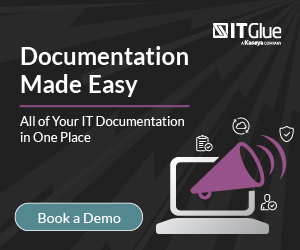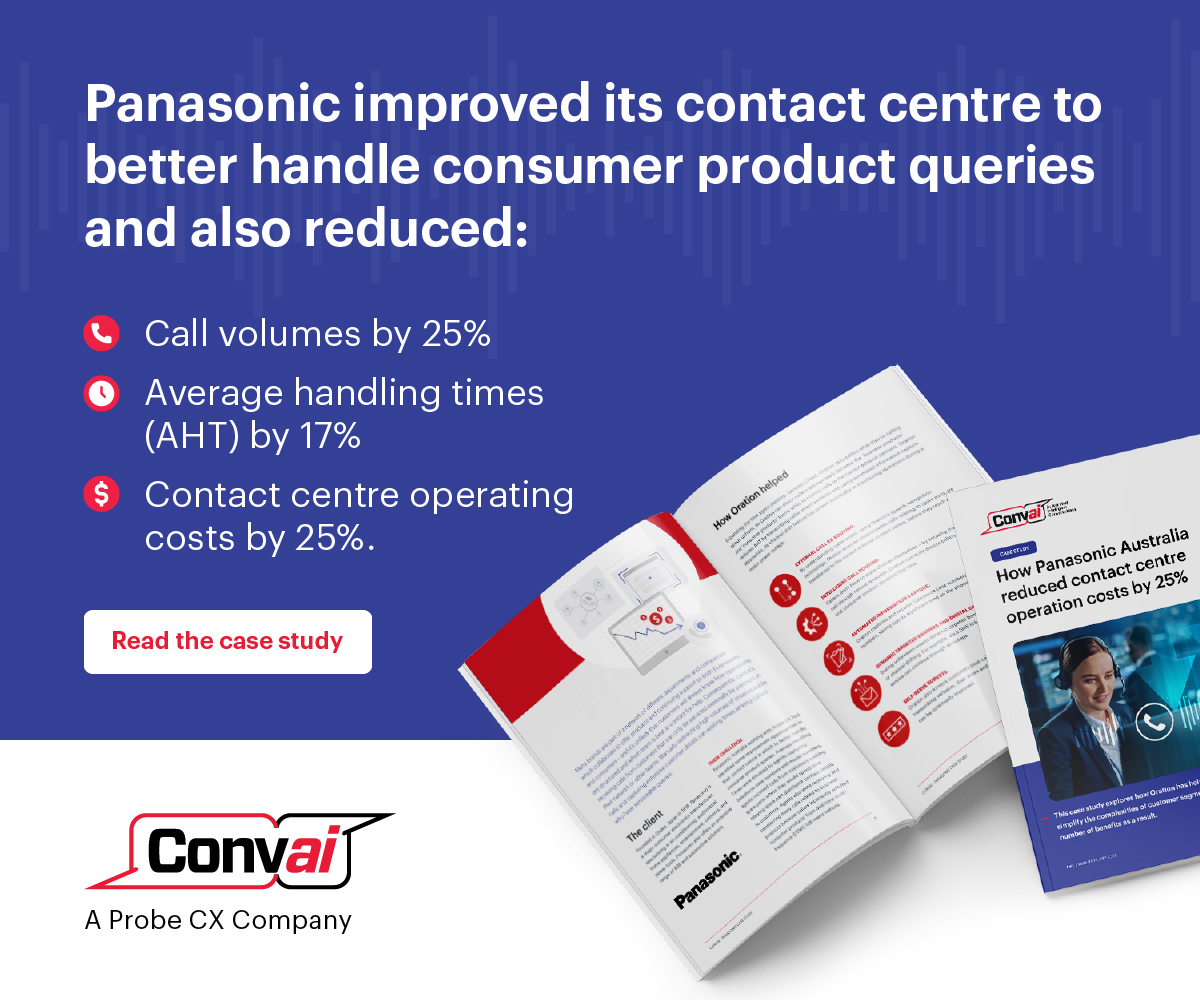At Varegos, as a consulting firm specialized in hyperautomation and digital transformation, we’ve witnessed firsthand the excitement sparked by generative AI (GenAI) and, more recently, the rise of autonomous agents powered by language models. But amid all the buzz, we’re seeing something many organizations are only beginning to grasp: the real disruption isn’t that an AI can generate text, code, or images. It’s that AIs can now coordinate, reason together, and autonomously execute complex tasks from end to end — without human intervention.
This marks a structural shift in how businesses conceive processes, assign tasks, and ultimately, how work itself is designed.
From Generative Models to Intelligent Agents
Until recently, generative AI use cases were mostly limited to narrow tasks: writing emails, summarizing meetings, generating boilerplate code, or creating reports. But as noted by IBM in The Cognitive Leap (2024), standalone models lack the ability to act with context, reason through steps, and connect with enterprise tools. This is where agents come in.
An AI agent is an autonomous entity capable of perceiving its environment (digital or physical), making decisions, planning actions, and executing them toward a defined goal. When multiple agents operate as a network, new capabilities emerge: they collaborate, coordinate, learn from the environment, and orchestrate workflows with a precision that can rival — and sometimes surpass — human performance.
Our own experience implementing agents with IBM WatsonX Orchestrate in areas like IT support, employee onboarding, customer service, accounting reconciliations, and commercial training is mindblowing: 60–80% time reduction, fewer errors, and greater adaptability to environmental changes.
A New Productivity Paradigm
These agents don’t just perform tasks — they understand context. As outlined in the Navigating the AI Frontier (WEF, 2024), agents integrate memory, planning, digital sensors, and tools to act as true autonomous collaborators. Their impact is significant: rather than improving isolated tasks, they redesign entire workflows.
Take, for example, a traditional financial audit process, which may take weeks, involve several people, manual reconciliations, and document reviews. With agents, the same process can be broken down into autonomous units (data extraction, validation, comparison, reporting), working in parallel and refining results as they go.
The gain isn’t just speed — it’s operational intelligence, scalability, and adaptive flexibility without proportional cost increases.
And What About Employment?
We can’t ignore the workforce impact. According to the Future of Jobs Report 2025 (WEF), between 2025 and 2030, 170 million jobs will be created, while 92 million will be displaced due to task obsolescence — a net gain of 7%, but highly disruptive.
Notably, 40% of employers plan to reduce staff due to automation, while 85% will invest in reskilling. It’s not mass replacement, but rather a deep reshuffling of human capital toward strategic, creative, and supervisory roles.
We’re already seeing this with our clients: administrative roles are evolving into agent supervision, strategic analysis, and continuous process improvement. The key is anticipation. Organizations investing now in AI, automation, and process design training are gaining a critical advantage.
From Tasks to Capabilities: A New Organizational Mindset
One of the most common mistakes we see is viewing agents as a one-to-one replacement for human jobs. That’s a reductive view. The real revolution lies in reimagining companies not as hierarchies of tasks, but as dynamic ecosystems of capabilities where humans and agents work as complementary peers.
The AI Agents and Agentic Workflows taxonomy (IALAB UBA, 2025) defines five levels of agent autonomy — from those requiring constant human intervention to those making complex decisions independently. This framework is vital for companies that want to scale AI responsibly and safely.
We use this model to build hybrid architectures where humans serve as strategic supervisors, agents handle execution and monitoring, and both interact through traceable and well-regulated workflows.
New Skills, New Leadership
This is not just a tech shift — it’s a cultural one. The most in-demand skills for 2030 won’t be repetitive tasks or narrow technical knowledge, but things like analytical thinking, tech literacy, continuous learning, adaptive leadership, and hybrid collaboration with AI systems.
The WEF predicts that 39% of today’s skills will be obsolete in five years, and 59% of workers will need some form of training. At Varegos, we support our clients not only with technology, but with adoption programs, training, and cultural transformation.
Risks and Dilemmas: Who Governs the Agents?
Like any major innovation, AI agents carry risks: decision-making bias, loss of human oversight, overreliance on automation, and lack of ethical standards. Multi-agent systems require solid governance, audit policies, and responsible design principles.
We advocate for open, traceable architectures with supervision rules and feedback loops, and we encourage including legal and ethical professionals in automation projects. It’s not enough for a system to work — it must be fair, safe, and explainable.
A Historic Opportunity
We’re at an inflection point. Just as electricity revolutionized industry in the 19th century, and the internet reshaped commerce in the 20th, AI agents are redefining how organizations operate, decide, learn, and scale.
At Varegos, we believe this isn’t about choosing between humans or machines — it’s about designing operating models where both coexist and enhance one another. Smarter companies, more human workers, faster decisions, and more flexible processes — that’s the future we’re helping build.
But that future won’t happen by default. It requires vision, strategy, investment — and above all, a genuine willingness to transform. That’s where we stand: as partners committed to guiding our clients through this next frontier.



